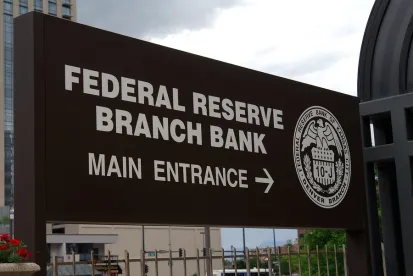On August 5, 2019, the Federal Reserve Board announced its plans to develop a new round-the-clock real-time payment and settlement service, called the FedNow Service, to support faster payments in the United States. The plan was approved by a 4-to-1 vote (Vice Chairman for Supervision Randal Quarles was the lone dissenter). This system will essentially allow individuals and businesses to send and receive payments (such as direct deposits, bill payments, and other common types of consumer and business bank transactions) within seconds, at any time of the day, on any day of the year. The person receiving the funds would have virtually instant access to the funds. Under the traditional payment system, transactions are settled three times a day, only during regular business hours, and it can take several days for funds to settle and clear and be available for use by the recipient.
The idea of the Federal Reserve creating its own real-time payment system is strongly supported by community banks and credit unions and strongly opposed by the nation’s largest banks. In 2017, The Clearing House Payments Co., a payments company owned by the nation’s largest banks, launched its own version of a real-time payments system. It invested a significant amount of money in developing the system. Many community banks and credit unions have not participated in The Clearing House system in the hopes that the Federal Reserve would eventually implement its own system to serve as an alternative. Large retailers and tech companies have also supported the Federal Reserve’s creation of its own system in the hopes that it would keep prices lower, since the Federal Reserve only has to recoup its costs and not earn a profit. One issue that will be closely monitored is whether The Clearing House system and the Federal Reserve system will be interoperable — meaning a transaction started in one system can be completed in the other system.
In its announcement, the Federal Reserve estimated that the new system would be available in 2023 or 2024. It stated that the service will initially support transactions of up to $25,000. It also issued a Notice and Request For Comment seeking input on how the new service might be designed. Comments must be received within 90 days after publication of the notice in the Federal Register.




 />i
/>i

